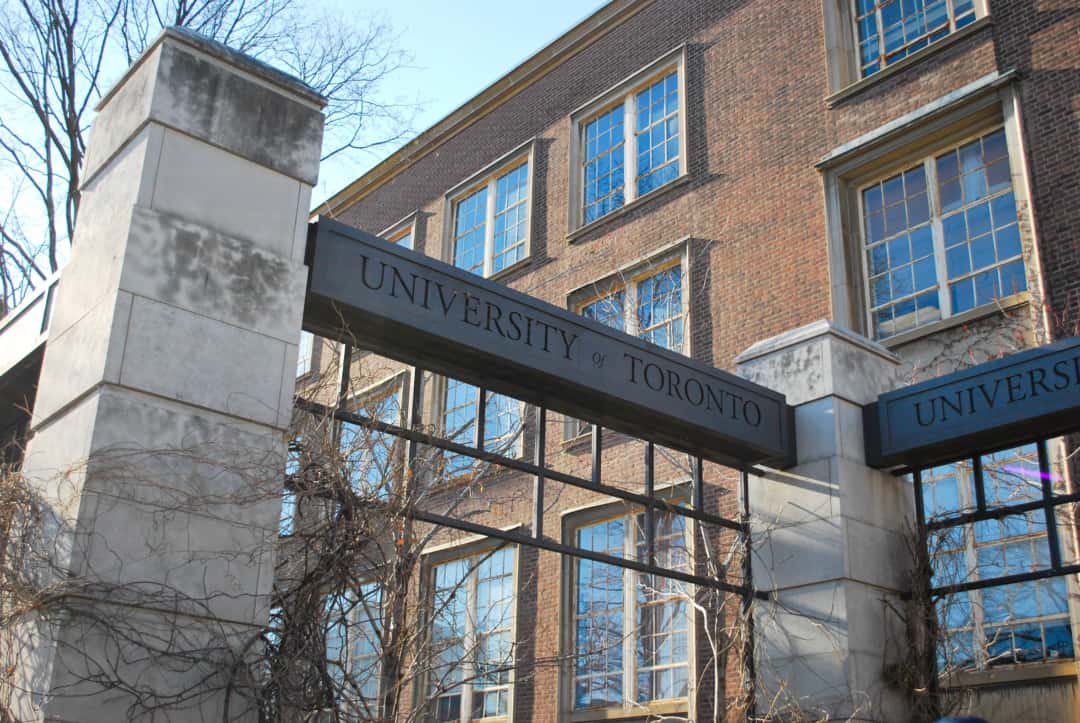U of T recently released its 2021–2022 enrolment report, which highlights the current state of the university’s budget, current enrolment demographics, and projections and plans for the coming years. This year’s report draws attention to how COVID-19 and changes to provincial funding have altered U of T and outlines the university’s path toward greater reliance on international students.
Current state of affairs
Undergraduate enrolment dominates the university, comprising 76 per cent of enrolled students.
The remainder of the students are pursuing master’s degrees, doctoral degrees, microcredentials, or are continuing their education through the university’s professional development and skill upgrade programs.
U of T has grown across all three campuses in the past years. The university enrolled 20,441 new undergraduate students in 2021–2022, 62.9 per cent of whom were domestic. Of the domestic students, 9.1 per cent came from outside of Canada, which is more than double the number of such students that U of T enrolled five years ago.
Furthermore, in 2020–2021, U of T saw lower retention and a smaller incoming cohort of domestic students, which the report attributed to COVID-19. However, summer enrolment has also increased dramatically during the pandemic and remains high, allowing the university to offer a broader set of summer courses. The university has also received funding for 16 new nursing spaces from the province, although it is unclear whether this funding will be permanent.
Financial information
According to the report, 88 per cent of the university’s revenue is generated through a mixture of tuition, learning programs, provincial grants, and student fees. U of T has allotted $250 million for scholarships and bursaries.
Students, including 56 per cent of full-time domestic entry undergrads, also received $360 million in grants and loans from Ontario Student Assistance Program (OSAP) this academic year, a substantial drop from the rates of OSAP usage recorded under the former liberal government because fewer students are eligible for the program.
At the latest Governing Council meeting, Scott Mabury, vice-president, operations and real estate partnerships, & vice-provost, academic operations, linked these changes to the Ontario government’s more recent tuition framework, which mandates that students receive at least 10 per cent of their OSAP funding in the form of loans.
The university has committed to ensuring that “no student offered admission to a program at the University of Toronto should be unable to enter or complete the program due to lack of financial means.” This commitment is meant to include international students, who carry much of the financial burden of running the university. In the 2021–2022 academic year, the university awarded more than $47.7 million in financial support to 5,500 international students, a small portion of the 24,713 international students across the three campuses. However, the university plans to increase funding for international students within the next five years by contributing six per cent of international undergrad tuition revenue to creating scholarships — a projected increase of $84 million by academic year 2026–2027.
Diversity and inclusion
The university collects identity-based demographic information about currently-enrolled students through the Student Equity Census. One indicator of economic diversity that’s currently available is the portion of new undergrads that came from families earning less than $50,000 a year, which is roughly 25 per cent this year.
U of T’s international population also demonstrates racial diversity. Students from more than 170 countries and regions are enrolled in the university, with greater international enrolment in first-entry undergrad programs, at UTSG, and at UTM. U of T’s international enrolment percentage, 28.8 per cent, is similar to that of other Canadian universities.
Future plans
U of T’s enrolment plans trace back to the university’s academic priorities and the Strategic Mandate Agreement (SMA3) with Ontario. In a departure from past agreements, the current SMA3 doesn’t incentivize growth in domestic enrolment. It rather encourages the university to roughly maintain levels of domestic enrolment equivalent to that of in 2020 and increasingly ties funds to performance metrics. In compliance with this agreement, U of T plans to hold its domestic enrolment roughly constant and focus on increasing the proportion of more lucrative international students, passing 100,000 students by 2023–2024. International students pay up to 10 times more than domestic students in tuition.
At the most recent meeting, multiple Governing Council members raised concerns about what might occur if Russia’s recent invasion of Ukraine prompted China to invade Taiwan. Jeff Lennon, executive director of institutional planning and budget administration, estimated that a quarter of U of T’s operating budget currently originates from China. “If China were to go into Taiwan next year, this would have major financial repercussions for every aspect of the university’s operations,” said Paul Huyer, an alum member of the council.
According to Bloomberg, a conflict between China and Taiwan could also kill tens of thousands of people and desolate the countries’ economies.
U of T is also focused on recruiting more graduate students. The university hopes to increase the number of grad students by 12 per cent over the next five years, more than double the projected 5.6 per cent increase in undergraduates. However, the report raises concerns about a lack of funds from the province for spaces where grad students may be housed.


